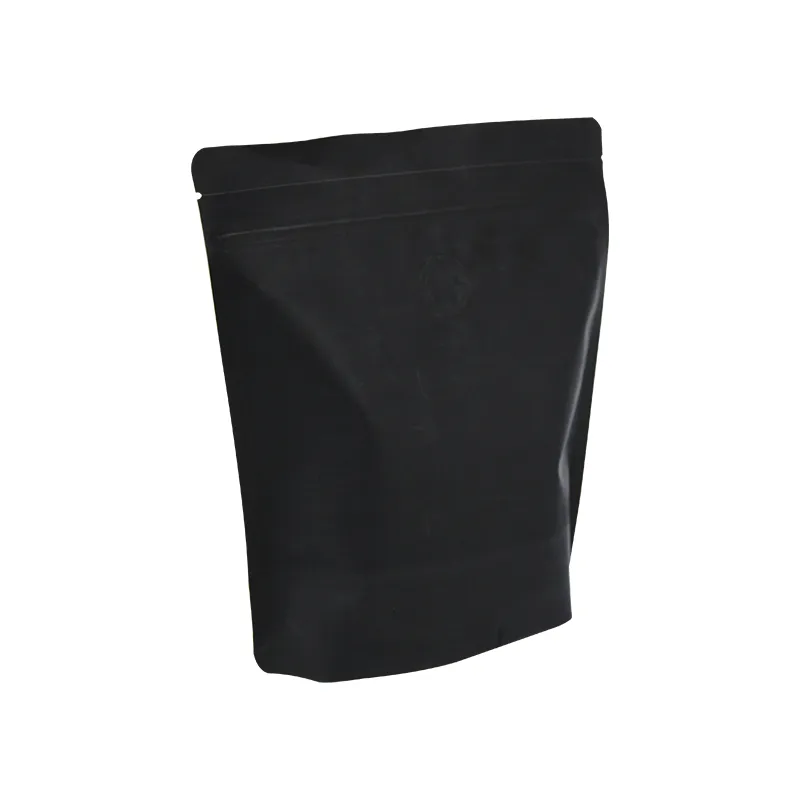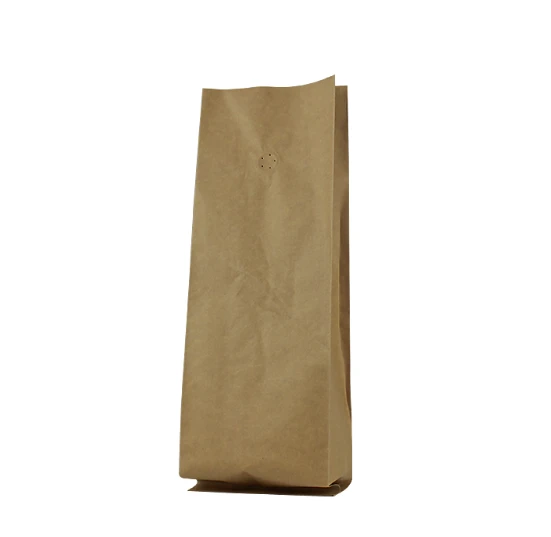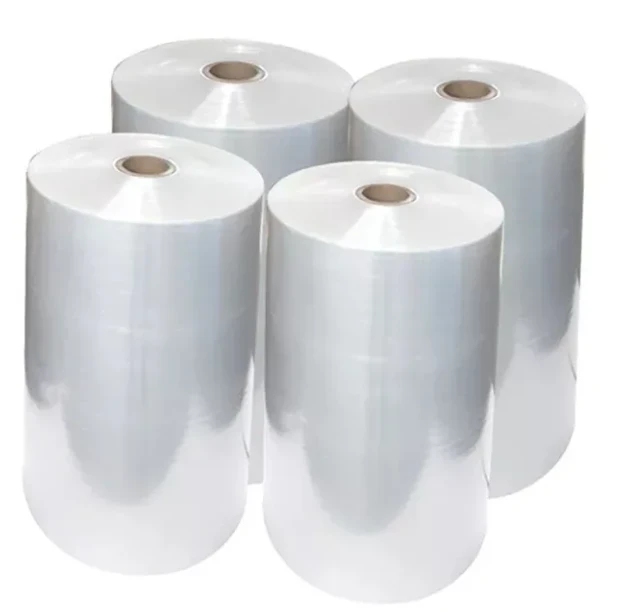- Afrikaans
- Albanian
- Amharic
- Arabic
- Armenian
- Azerbaijani
- Basque
- Belarusian
- Bengali
- Bosnian
- Bulgarian
- Catalan
- Cebuano
- chinese_simplified
- chinese_traditional
- Corsican
- Croatian
- Czech
- Danish
- Dutch
- English
- Esperanto
- Estonian
- Finnish
- French
- Frisian
- Galician
- Georgian
- German
- Greek
- Gujarati
- haitian_creole
- hausa
- hawaiian
- Hebrew
- Hindi
- Miao
- Hungarian
- Icelandic
- igbo
- Indonesian
- irish
- Italian
- Japanese
- Javanese
- Kannada
- kazakh
- Khmer
- Rwandese
- Korean
- Kurdish
- Kyrgyz
- Lao
- Latin
- Latvian
- Lithuanian
- Luxembourgish
- Macedonian
- Malgashi
- Malay
- Malayalam
- Maltese
- Maori
- Marathi
- Mongolian
- Myanmar
- Nepali
- Norwegian
- Norwegian
- Occitan
- Pashto
- Persian
- Polish
- Portuguese
- Punjabi
- Romanian
- Russian
- Samoan
- scottish-gaelic
- Serbian
- Sesotho
- Shona
- Sindhi
- Sinhala
- Slovak
- Slovenian
- Somali
- Spanish
- Sundanese
- Swahili
- Swedish
- Tagalog
- Tajik
- Tamil
- Tatar
- Telugu
- Thai
- Turkish
- Turkmen
- Ukrainian
- Urdu
- Uighur
- Uzbek
- Vietnamese
- Welsh
- Bantu
- Yiddish
- Yoruba
- Zulu
Understanding the Conversion from Millimeters to Points for Design Projects
Understanding MM to PT Conversion A Comprehensive Guide
In the world of design and publishing, understanding measurements is essential for creating visually appealing layouts. Whether you are working on a graphic design project, web design, or typesetting, knowing how to convert millimeters (mm) to points (pt) can be incredibly useful. This article explores the MM to PT conversion, its significance, and practical applications.
What Are Millimeters and Points?
Before diving into the conversion process, let’s define the two units of measurement. Millimeters (mm) are part of the metric system and are commonly used in most countries for various dimensions, especially in printing and design. One millimeter equals 1/1000th of a meter, making it a small and precise unit of measurement.
Points (pt), on the other hand, are a unit of measure that is primarily used in typography. In the printing world, one point is defined as 1/72 of an inch. This measurement is vital for specifying font sizes and spacing in design. The relationship between points and millimeters is essential for ensuring that designs translate accurately from digital formats to print.
The Conversion Formula
To convert millimeters to points, you can use a straightforward formula based on the standard conversion rates. The general rule of thumb is
1 mm = 2.83465 pt
Using this conversion factor, you can easily calculate points from millimeters. For example, if you have a width of 50 mm and you want to convert it to points, you would multiply 50 by 2.83465. The calculation would look like this
\[ 50 \, \text{mm} \times 2.83465 \, \text{pt/mm} = 141.7325 \, \text{pt} \]
This means that 50 mm is approximately 141
.73 pt when converted.Why is MM to PT Conversion Important?
mm to pt conversion

1. Precision in Design
One of the primary reasons for understanding MM to PT conversion is the precision it brings to your design. When you are working on intricate layouts or typography, small changes in measurements can significantly affect the overall appearance. Knowing how to accurately convert between these units allows designers to create layouts that are both aesthetically pleasing and functional.
2. Consistency Across Platforms
Different design software and printing services may use different measurement systems. By being proficient in converting measurements, you can ensure that your designs will look consistent, whether viewed on a screen or printed on paper. This is especially important in branding and marketing materials where consistency in visual elements reinforces brand identity.
3. Enhanced Collaboration
In collaborative environments where multiple designers or teams are involved, being able to communicate measurements clearly and convert them as needed helps avoid mistakes. For instance, a graphic designer may provide specifications in mm while a printer may require point measurements. Knowing how to convert between these formats facilitates smoother communication and enhances teamwork.
Practical Applications
Here are a few scenarios where MM to PT conversion can be particularly beneficial
- Typography When selecting font sizes for printed materials, you may encounter specifications in mm. Converting to points helps ensure the correct size is used. - Layout Design Web designers often work with various units. Converting between mm and pt enables designers to create detailed layouts that can be replicated both online and in print.
- Graphic Design Software Many graphic design applications allow you to set dimensions using either measurement system. Being adept at converting between mm and pt ensures you can work efficiently in any software.
Conclusion
In conclusion, understanding how to convert millimeters to points is not just a mathematical exercise but a crucial skill for designers and publishers. With the formula in hand and knowledge of the significance of these units, you can ensure your projects maintain precision, consistency, and clarity across different platforms. As the design world continues to evolve, mastering these conversions will remain invaluable for achieving beautiful and effective designs.













